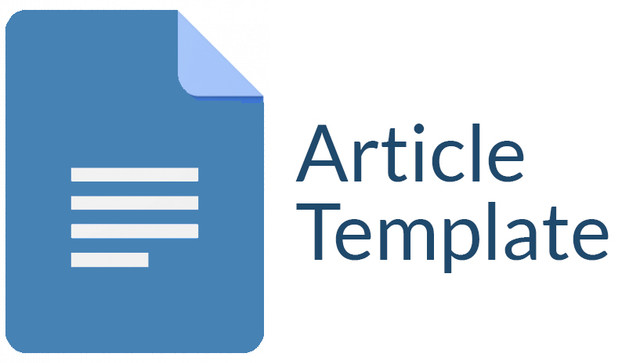Pelatihan Penulisan Karya Ilmiah Untuk Guru SD di Kabupaten Magetan
Keywords:
Training, learning models, elementary schools, project-based learningAbstract
This study aims to analyze the effectiveness of training on introductory learning models in elementary schools in Magetan Regency. Various learning models can help improve the quality of learning in elementary schools by adapting methods to student characteristics and teaching material needs. This training was designed to introduce several effective learning models, such as project-based learning, problem-based learning, and cooperative learning, to elementary school teachers. This study used a qualitative approach with a descriptive design, where data were collected through direct observation, interviews with teacher participants, and analysis of documents related to the training. The results showed that this training improved teachers' understanding and skills in implementing innovative learning models that are tailored to student needs. Teachers reported improvements in student engagement and learning outcomes after implementing the introduced learning models. This study recommends that such training be implemented on an ongoing basis and involve more teachers to improve the quality of learning in all elementary schools in Magetan Regency.
Downloads
References
Guskey, T. R. (2002). Professional development and teacher change. Teachers College Press.
Knowles, M. S. (1984). The adult learner: A neglected species (3rd ed.). Gulf Publishing.
Bonwell, C. C., & Eison, J. A. (1991). Active learning: Creating excitement in the classroom. ASHE-ERIC Higher Education Report No. 1. George Washington University.
Freeman, S., Eddy, S. L., McDonough, M., Smith, M. K., Okoroafor, N., Jordt, H., & Wenderoth, M. P. (2014). Active learning increases student performance in science, engineering, and mathematics. Proceedings of the National Academy of Sciences, 111(23), 8410–8415. https://doi.org/10.1073/pnas.1319030111
Downloads
Published
Issue
Section
License

This work is licensed under a Creative Commons Attribution-ShareAlike 4.0 International License.
Authors who publish with this journal agree to the following terms:
1. Copyright on any article is retained by the author(s).
2. The author grants the journal, right of first publication with the work simultaneously licensed under a Creative Commons Attribution License that allows others to share the work with an acknowledgment of the work’s authorship and initial publication in this journal.
3. Authors are able to enter into separate, additional contractual arrangements for the non-exclusive distribution of the journal’s published version of the work (e.g., post it to an institutional repository or publish it in a book), with an acknowledgment of its initial publication in this journal.
4. Authors are permitted and encouraged to post their work online (e.g., in institutional repositories or on their website) prior to and during the submission process, as it can lead to productive exchanges, as well as earlier and greater citation of published work.
5. The article and any associated published material is distributed under the Creative Commons Attribution-ShareAlike 4.0 International License









